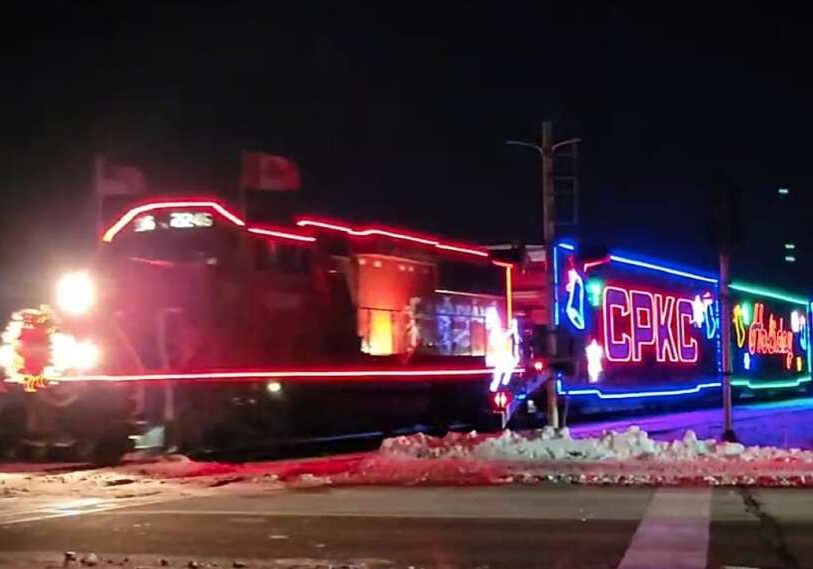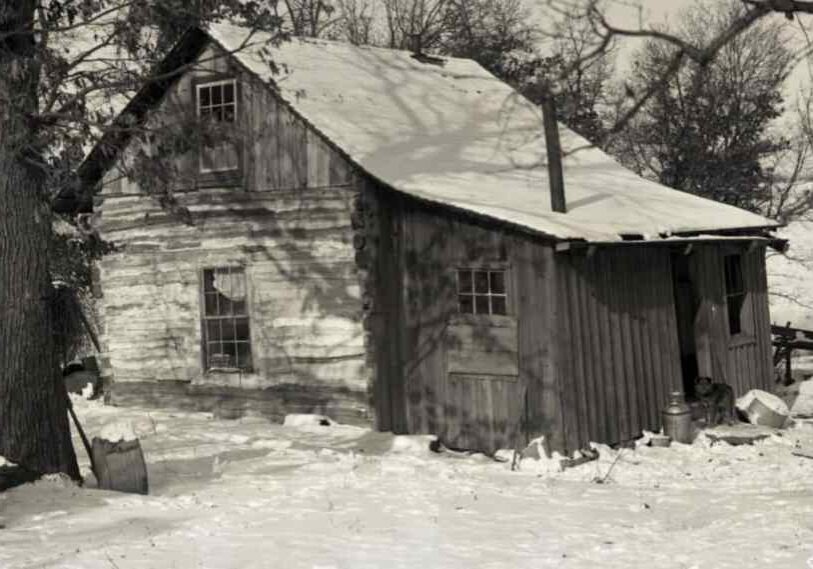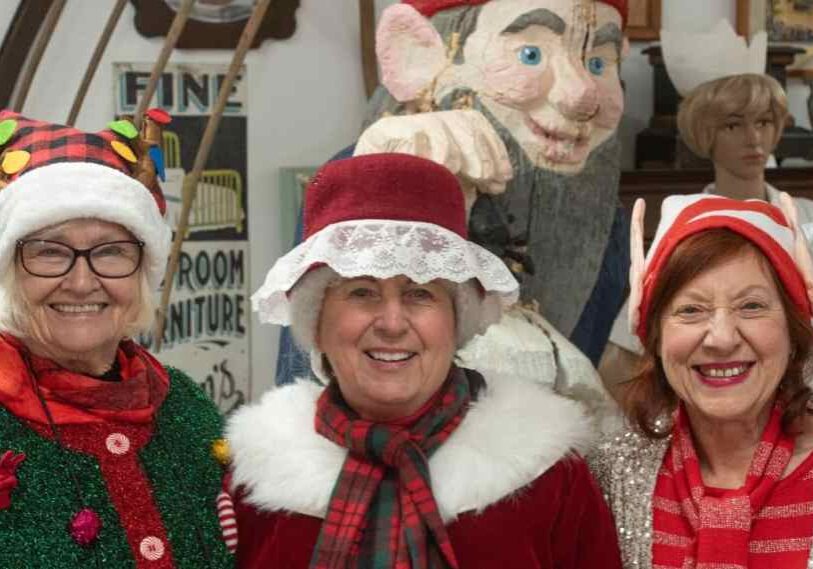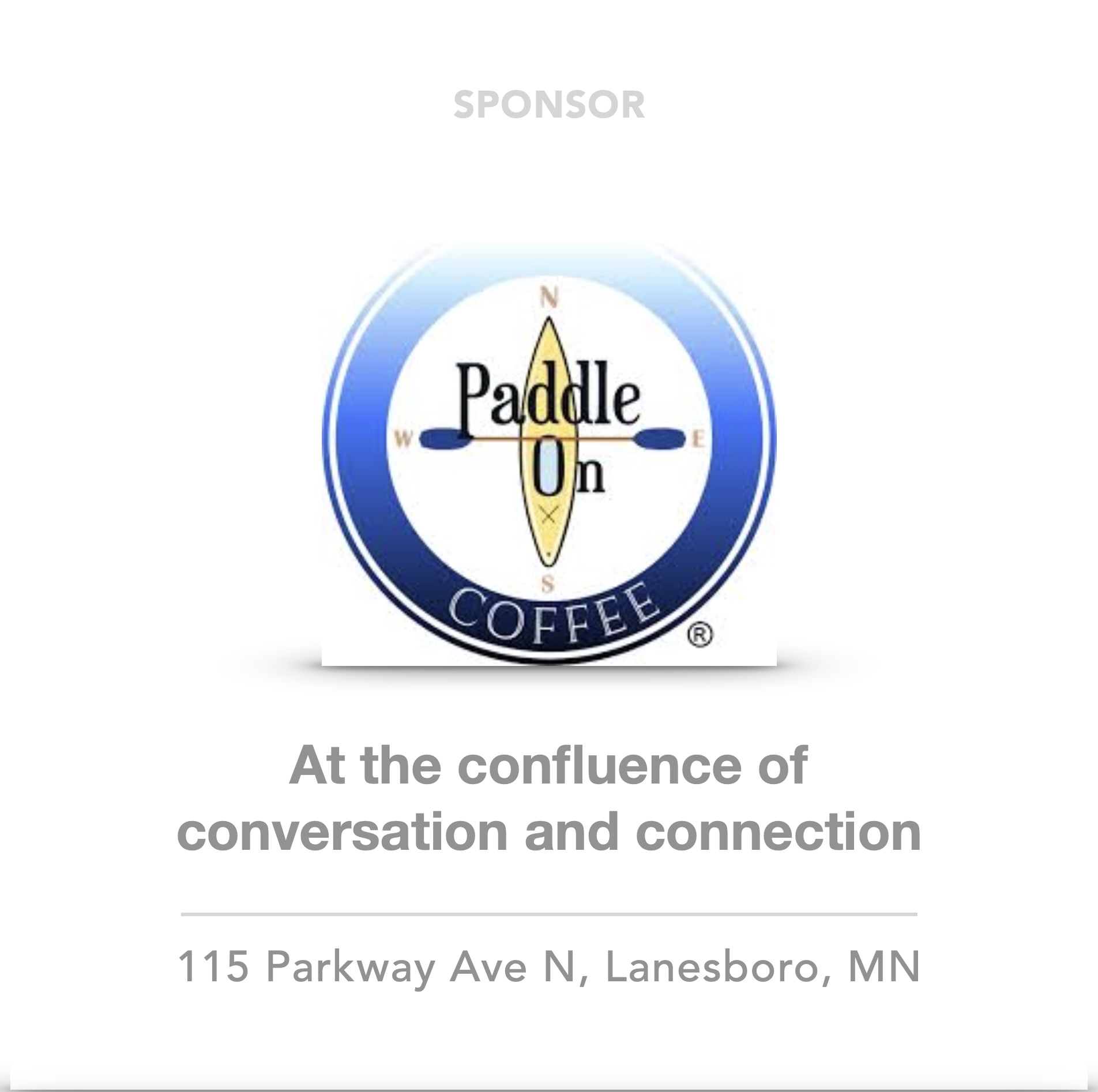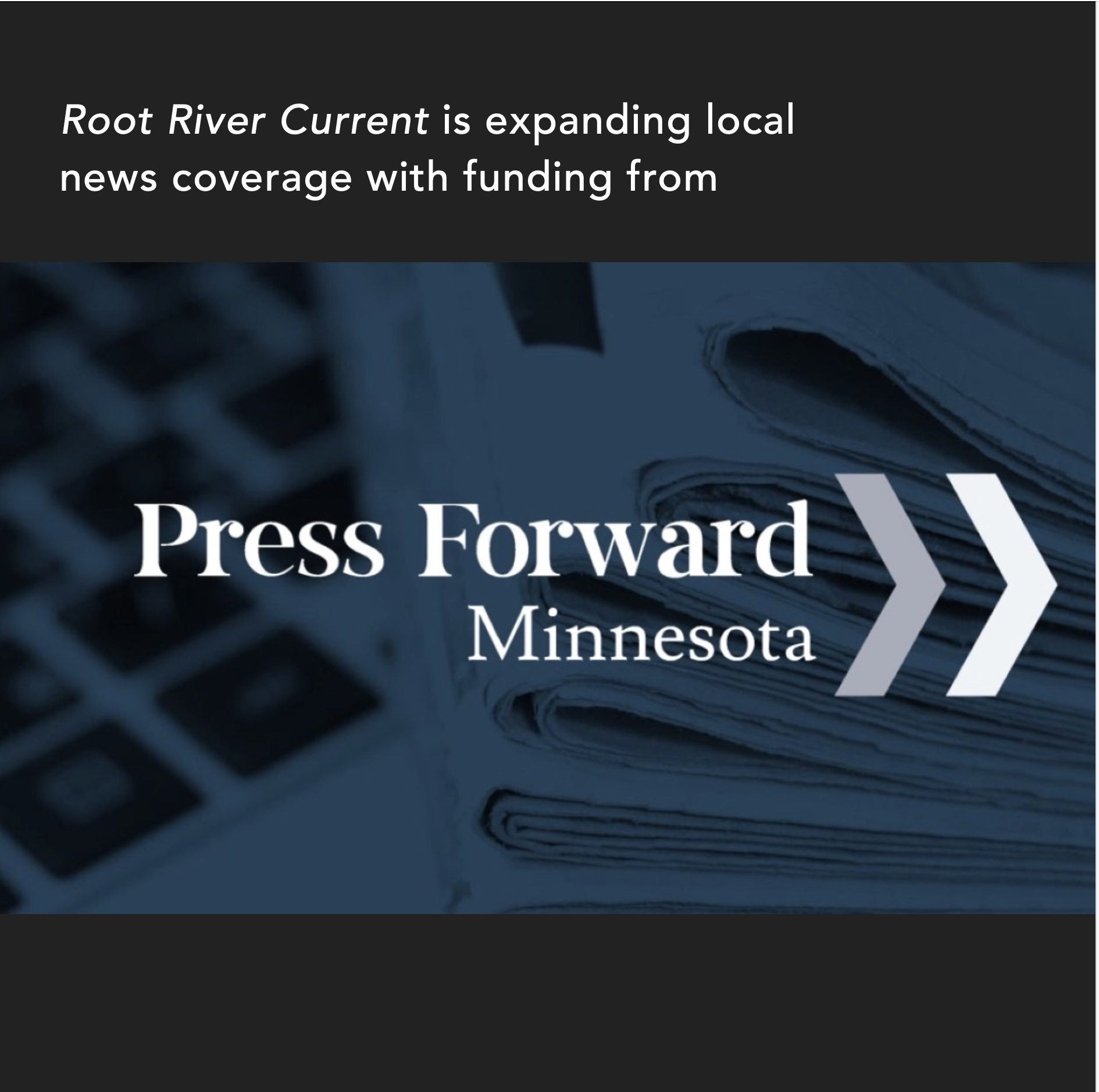Root River Libraries — Today’s Challenges

ROOT RIVER VALLEY — To say the past five years have been turbulent for the 1.5 million nonprofits across this country states the obvious. Entering, surviving and now (hopefully) emerging from the Covid pandemic unleashed economic forces that closed some doors and permanently altered many more.
That seismic impact has certainly been felt in the nearly 17,000 public libraries in the U.S., including those in small towns that comprise nearly 75% of all libraries in the entire country. Those are the kind we know best in the Root River region of southeastern Minnesota.
Often tucked away in nook-and-cranny facilities of main street storefronts, repurposed school buildings, and community centers (with a few notable exceptions, thank you, Mr. Carnegie), our local libraries are demonstrating a remarkable resilience—even a heady optimism—as they move into a future that presents many more questions than answers.
Their sturdiness shouldn’t surprise us. Local libraries have been around a very long time. Sure, a Covid pandemic was a gut-punch. So was World War I, a Depression, World War II, economic recessions, political and social upheavals, and scores of other headline-grabbers.
Through all that, local libraries have remained open. People of all ages—always with a special emphasis on the encouragement and equipping of children and young readers—keep reading. Times and headlines change. The pleasure, joy, and life-changing inspiration of having a book-in-hand for many people apparently does not.
Early days
A common thread is that even in the earliest pioneer days of towns like Rushford, Chatfield, Preston, Harmony and Lanesboro, the importance of education—and the accessibility of books—was a front-burner community priority. Schools started quickly; so did libraries. Local women’s groups established reading clubs, which became shared book collections, and before long, officially-established public libraries in town halls and community centers.

Today the Chatfield Public Library serves some 1,386 adult borrowers, 155 teen borrowers, and 259 child borrowers who consider this library as their home library.
By the 1920s state-certifications opened doors to new funding streams. Local collections expanded. Shining examples include the Rushford Public Library, currently celebrating the 100th anniversary of its building; the Mable Public Library that started in 1917; and the Lanesboro Public Library whose record of continuous service stretches back to post-Civil War days.
The Harmony Public Library, now located in the town’s former elementary school, was started by the Harmony’s Women’s Club in 1916 and was officially recognized by the State of Minnesota four years later.
One fun exception? The town of Houston, Minn., incorporated 150 years ago, didn’t have an official public library until about twenty years ago. Today, thanks to solid volunteer efforts, the Houston Public Library enjoys a permanent location and an annual circulation of nearly 35,000 items!
A hundred years is a long time and the last century is strewn with stories of many local businesses (including nonprofits) that no longer exist. Why did libraries survive—even thrive?
Their unique mission of focusing on literary services is one factor. What a library can mean in overall community health is another. Flexibility in meeting challenges is certainly part of their longevity, a strength needed today as much as ever.
What main challenges face small-town libraries in 21st century southeastern Minnesota? Funding sits at the top of the list. “Libraries need funding obviously,” says Monica Erickson, Library Director at the Chatfield Public Library. “Money for books, programs, and additional staff is a common challenge public libraries face today.”
Stephanie Morse, Library Director, at the Harmony Public Library agrees. “Funding is the biggest challenge facing small-town libraries today,” she says. “Local support is essential. Most communities have that. Some do not. It makes all the difference.”

Prices are going up for everything these days, it seems. That includes the cost of running a library. Salaries, utilities, building maintenance. Not to mention the price of books themselves (current bestsellers routinely fetch $30-50). Overall library funding has remained flat in recent years. Library boards—and the directors they hire—struggle to stretch those dollars. It isn’t easy.
Where does support come from?
Local taxes, mainly, both city and county provide most library funding. Some libraries supplement that with fundraising efforts such as book sales and special events. A few libraries have separate but affiliated “Friends of the Library” groups that also provide additional funds (through separate direct mail campaigns, donations and volunteer labor).
Grants help, as does funding from SELCO — the Southeastern Libraries Cooperating, a regional library system based in Rochester. SELCO is a cooperative that provide resources and support to libraries in an 11-county region of southeastern Minnesota.

Libraries have become creative in making a welcoming atmosphere for their varied audiences, like this children’s reading area.
Offering programs through their library is becoming increasingly important to small-town libraries.
“The number of programs we provide in Chatfield has grown tremendously over the past three decades,” says Monica Erickson. “Traditional programs such as ‘story time’ and author visits continue to be important, but a huge variety of additional finances have been requested and are well-received.”
What do those look like in our local libraries?
Regular Saturday morning story times for kids and families, book clubs for adults, Author Nights, knitting clubs, “Books + Beads” reading/craft combo programs, “Paint Your Pet Night,” magic shows, weight management support groups, a kids’ chess club, summer reading programs, “book hounds” (a reading/therapy dog program), birding classes, a “Jolly Pops” musical group comprised of local dads, and more.
“We’d all like resources to do more of those programs—there are so many needs out there and great ideas to help people,” says one director. “We do our best to stretch dollars to make it happen. SELCO is a great partner, offering financial support to member libraries for program options, as well as a list of vetted performers/artists who can be scheduled in local libraries.”
Why do people come to libraries these days? To find and check out books, of course. “When the economy is tight, we see more people checking out materials for themselves and their children,” says one library director.
People also come for planned programs and events. Computers (and normally printers, even fax machines) are available as well for homework, job-hunting, research and more. Libraries with meeting-rooms offer places for small groups to organize and work together.
Libraries, valued as safe, supervised and secure, often become places where young people do their homework, wait for rides after school, and just hang out. For generations, in different ways and for different reasons, libraries in small towns function as de facto community centers.
“Committed library staff know their patrons and provide specialized, individualized and relationship focused service, says Monica Erickson. “Few places offer such dedicated attention, especially without charge. Patrons often develop a deep trust in their local library staff, considering the library a go-to resource for assistance when they are uncertain about where to seek help.”

Rae Rowell (left), part-time staff member, serves a patron at the Lanesboro Public Library. Similar to other local libraries, Lanesboro is seeing a return to pre-pandemic circulation levels.
Looking forward
What new challenges await small-town libraries in years ahead? “Whatever you are seeing out in society, you see in the library, too,” says Scott Duimstra, Hennepin County Library Director. “All of society’s problems and strengths are coming into the library.”
Technology is bringing changes, mostly good, some potentially threatening (a cyberattack by hackers in London in recent weeks has caused significant chaos for one of London’s major libraries, for example).
Social and cultural tensions—including “book ban” controversies, the nature of “story time” participants, to name just two—are beginning to spill into library board discussions not that far from here (the public library in Vinton, Iowa, temporarily closed last year after staff resignations prompted by gender-focused disagreements). While currently that all seems far removed from our small-town libraries, it does raise complex questions.
We’ll explore “future questions” in the third installment of this Root River Current series. For now let’s leave with the optimistic outlook of Larry Gifford, Library Director of the Mabel Public Library.
“We’re working hard to keep everything current in this little library in this little town,” he says. “We’ve completed a total book inventory, held book sales, plan story times and special programs, and are doing all we can to serve people here. People love to read! Where else are they going to have affordable access to books and materials? People need libraries!
83 years young (“my goal is 100 with all faculties working fine!” he says with a laugh), Larry is a former long-time Rochester educator who is excited about the present—and the future—of small-town libraries.
“Will libraries like ours still exist 25-30 years from now? Absolutely!” Larry says.
“You betcha!”
If you missed reading it, here’s a link to Are Libraries at a Critical Crossroads?, the first article in this series. Scottish-American businessman and philanthropist Andrew Carnegie (1835-1919) went from impoverished immigrant to being the richest man alive by the early 1900s. He eventually donated nearly 90% of his wealth — about $6-billion in current dollars — including massive funding of public libraries (including the Chatfield library pictured at the top of this story).Did You Know?
